While the dealers dotted around Mayfair and St James’s are likely to have begun to reopen by the time you read this, London – like all major cities – will be rather quieter this summer. It therefore makes sense that London Art Week, the twice-yearly event that encourages the dealers and auction houses to put on their most enticing exhibitions to appeal to the dedicated connoisseur and passers-by alike, is creating an online platform for its participants. And while this has encouraged galleries to create digital presentations, some of them for the very first time, it’s clear that the balance between the digital and the physical is something each gallery has had to find for themselves.
Stephen Ongpin Fine Art is putting on a show called ‘Drawn to Nature: Flora and Fauna from the 16th Century to the Present Day’, which will be hung in Mason’s Yard and available to view by appointment, but will also be filmed, Stephen Ongpin says, ‘to bring the gallery experience to our clients who aren’t able to visit in person’. While Ongpin, who is the chairman of London Art Week, says that virtual viewing ‘is by no means a substitute for the real thing’, he’s also clear that it’s an opportunity for the event ‘to go beyond the confines of Mayfair and St James’s and to spread the word internationally’. Among the highlights of the some 45 works he will be showing are two drawings, of a globe artichoke and some clove pinks, by the Huguenot artist and explorer Jacques Le Moyne de Morgues. The wonderfully crisp drawings are among the earliest known botanical illustrations by a named artist.
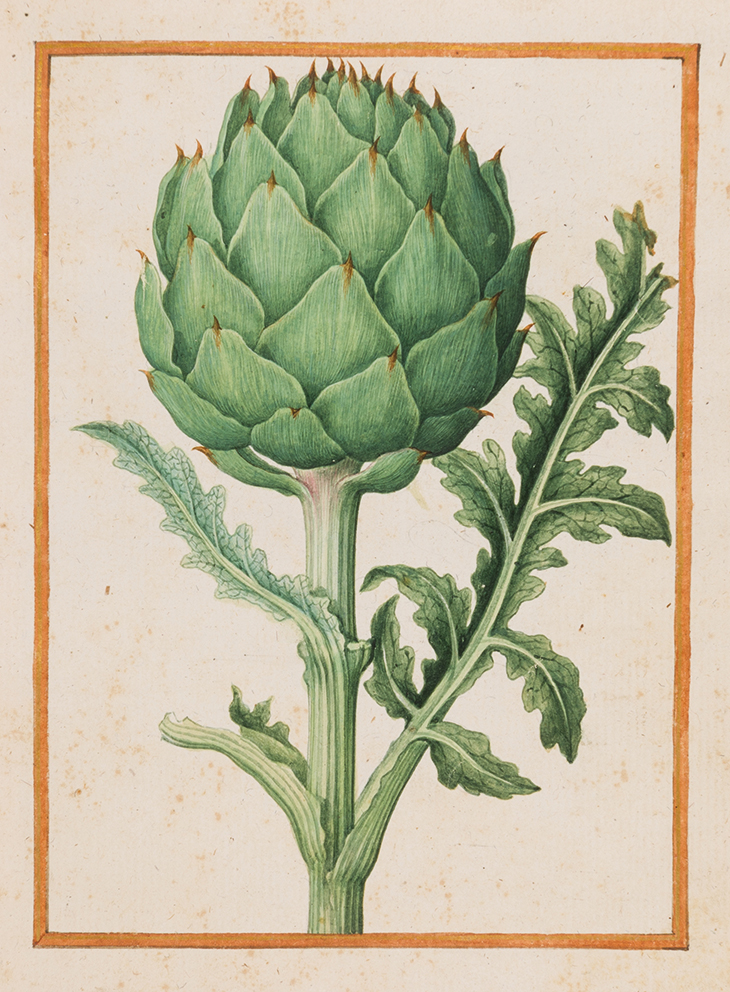
A Globe Artichoke (c. 1565–70), Jacques le Moyne de Morgues. Stephen Ongpin Fine Art (price on application)
Steven Spurrier may not be a household name, but at the height of his career his drawings of current events for the Illustrated London News were seen by millions. Deciding not to go into the family trade of silversmithery, Spurrier went to art school instead and had moderate success as an academic painter, but nothing to compare to his attainment as a commercial illustrator after the First World War. Matthew Hall of Panter & Hall, which handles the artist’s estate, confesses to a soft spot for Spurrier’s extremely free sense of line (‘no faffing about with a second or third line,’ he says admiringly) and ability to sketch seemingly anything – and anyone – on the spot. Spurrier’s delight in performance and spectacle – his great friend Laura Knight introduced him to the circus, which remained a lifelong enthusiasm – can be seen in a watercolour called Cabaret.
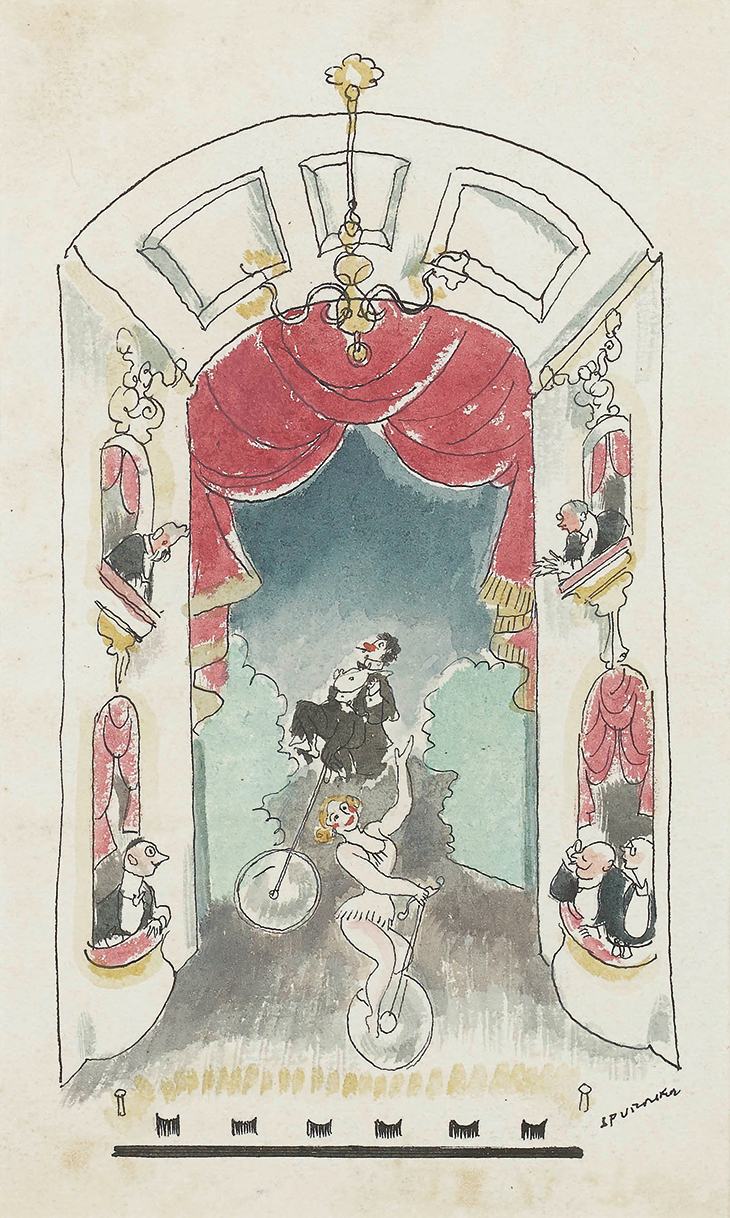
Cabaret (n.d.), Steven Spurrier. Panter & Hall (£1,250)
The pleasures of staying in, as opposed to those of going out, seem understandably to be on the minds of some of the galleries taking part. In ‘Art and the Domestic Space’, Trinity Fine Art presents a 17th-century portrait and two marble busts of members of the Corsi family, who displayed these in a family villa. Meanwhile, Georg Laue Kunstkammer and Stuart Lochhead Sculpture are presenting, at the latter’s gallery, ‘The Studiolo: Renaissance to Modern’ (the studiolo was where a Renaissance collector would keep their most private objects). Among the artworks that will give you plenty to think about are a pair of candlesticks made of turned bone and a silver memento mori medallion, made by Jan de Vos.
London Art Week is at various venues in Mayfair and St James’s from 3–10 July.
From the June 2020 issue of Apollo. Preview and subscribe here.
Unlimited access from just $16 every 3 months
Subscribe to get unlimited and exclusive access to the top art stories, interviews and exhibition reviews.

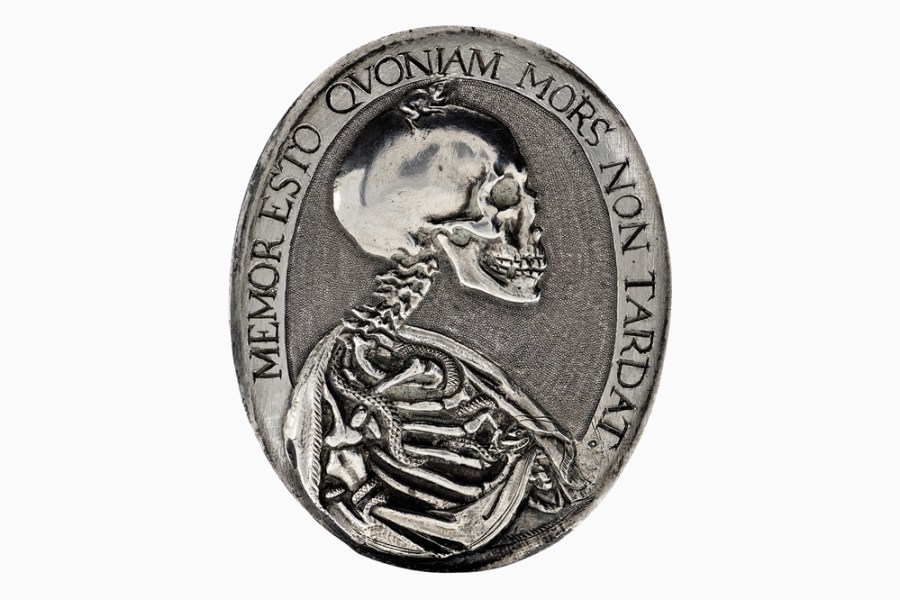

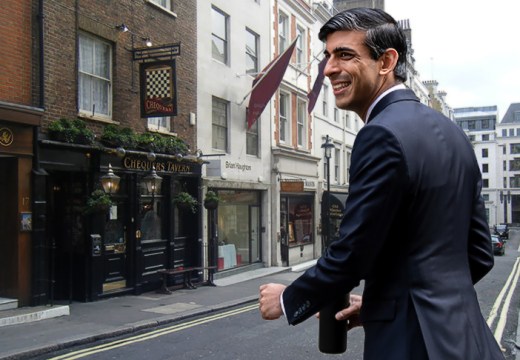
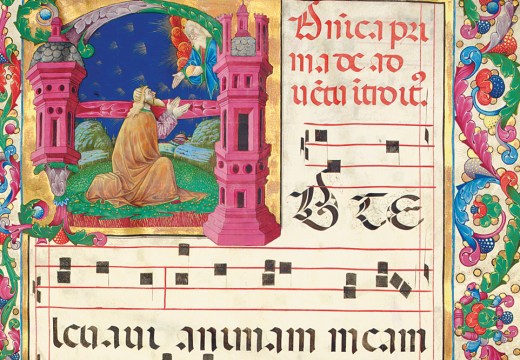









![Masterpiece [Re]discovery 2022. Photo: Ben Fisher Photography, courtesy of Masterpiece London](http://www.apollo-magazine.com/wp-content/uploads/2022/07/MPL2022_4263.jpg)
Has arts punditry become a perk for politicos?